There are many reasons why people get into amateur astronomy.
Curiosity and wonder, intellectual stimulation and connection with nature are just some of the reasons why sky gazers observe the sky at night.
But according to former Dundee Mills Observatory astronomer Ken Kennedy, the ability to view celestial objects has become more challenging than ever.
Light pollution in urban areas is a well-documented problem which hinders the search for dark skies.
However, Ken says the main issue that amateur astronomers face nowadays – certainly from a local perspective – is climate change.
The recent run of poor weather has made sky conditions “hopeless” – and Ken says it is “gradually getting worse”.
“When I was much younger, I could have a look at things, two, three, four nights a week,” he said.
“But now I’m lucky to get a decent clear night once a fortnight if I’m lucky.
“The problem is mainly weather related. It’s changing climate.”
Ken has a particular interest in high altitude ice clouds at the edge of space.
For 18 years, he’s been collecting data from Europe and the UK, which is sent to Colorado and correlated with NASA statistics.
There’s “no question”, he says, that their existence is related to climate change.
There shouldn’t be enough water vapour that high.
The irony, however, is that it’s climate change-related cloud and rain that now often prevents him from seeing them.
How did Dundee astronomer Ken Kennedy get into star gazing?
Ken, 81, of Broughty Ferry, has been interested in astronomy for 75 years.
It’s been a “God-send” since he retired as chief biomedical scientist at the department of haematology in Ninewells Hospital in 2001.
Growing up on Killin Avenue near Dundee Law where it was “nice and dark”, it was his “dear old auntie Mary” – a jute weaver in Lochee – who first told him about the aurora borealis and the “telescope on Balgay Hill”.
The former pupil of Harris Academy joined the Dundee Astronomical Society as a 15-year-old in 1958 and met some “great people” who are still friends to this day.
At a time when telescopes were few and far between, his father used to bring back old lenses which he’d make up into telescopes with cardboard tubes.
He tested them by trying to read the writing on Dundee Law war memorial.
Eventually he got a telescope costing £4, 17 shillings and six pence, which he stuck in his back garden and used to look at the planets and the moon.
How has the Dundee astronomer overcome problems of light pollution?
In those days, he recalls, the sky was comparatively dark because gas lighting was so dim.
Since then, though, the move to sodium then LED street lighting has made viewing the night sky “horrendous”.
Today, if he wants to take pictures he’ll seek a nice dry clear night.
He’ll be looking at the highest possible objects in the sky to get the minimum amount of contamination by lighting.
However, even when there is light pollution, advances in digital imaging technology and the “amazing” software available mean it’s still possible to create stunning images.
“Despite street lighting, I can get some quite remarkable images now that I could never have imagined back in the ‘50s, ‘60s or ‘70s when I was using film,” said Ken, who uses a telescope and cameras in his Broughty Ferry back garden.
“I can now stack them by taking multiple images of short exposure, about 100 images at a minute each.
“Then you can extract the faint data with other software packages.
“I can now take galaxies and nebulae and all sorts of things.”
What does the Dundee astronomer enjoy most about speaking to young people?
Ken spent several years as astronomer at the Mills Observatory after retiring from his day job.
He also became director of the aurora section of the British Astronomical Association.
While he mainly concentrates today on his high altitude ice cloud interest, he still visits the Mills for Dundee Astronomical Society meetings and helps with public planetarium evenings during the winter months.
He also still writes monthly astronomy notes for The Courier.
During Mills visits, it’s “great fun” to speak with youngsters and “amazing” what they want to know.
“The kids get a bit of science, chemistry, physics, philosophy,” he said, “although most of them love to ask ‘are there aliens out there?’ and ’what are black holes?’”
What are the best things to look out for in the night skies this winter?
If skies are clear, this is a great time of year to look skyward again.
The aurora borealis has been capturing imaginations recently after an “unusually inactive” 15 year period.
When solar flares eject from the sun toward the Earth, some of the energy and small particles can travel down the magnetic field lines at the north and south poles into the atmosphere.
There, the particles interact with gases in the atmosphere resulting in beautiful displays of light in the sky.
The Leonids meteor shower caught the eye a few weeks ago.
The Geminids meteor shower is a “cracker” to look out for on December 14/15.
But the winter constellations like the instantly recognisable Orion are also worth seeking out.
Orion, with the three stars of its ‘belt’, will be especially visible to the naked eye, high in the south, from January.
Jupiter is clearly visible in the night sky around 8, 9 and 10pm high in the south-east at the moment, while Venus is currently the “morning star”.
Was the ‘Star of Bethlehem’ real?
As Christmas approaches, some people might wonder whether the fabled ‘Star of Bethlehem’ can be explained in astronomical terms.
Ken says “nobody really knows to be honest”.
Some people say that over 2000 years ago, it might have been a comet, or the close positioning of planets like Jupiter, Saturn and Venus.
No supernova were recorded by the “great” Chinese or Arab astronomers of the time.
However, no explanation fits exactly so it remains a “bit of a mystery”.
“I think it’s a wee bit of a tale from the Bible!” he added.
Telescope or binoculars: What’s the Dundee astronomer’s advice for buying?
Ken encourages people to visit the Mills Observatory and look through the big old Cooke telescope, made in 1871, which is still a “great instrument”.
However, if anyone’s interested in buying their own equipment, his first advice would be to get a decent pair of 10×50 binoculars as these are a great way to get to know the sky.
For anyone wanting to buy a telescope, it’s possible to get some “pretty decent equipment for a few hundred pounds”.
Getting philosophical about the universe….
Ken says many people he speaks to are quite philosophical about their place as tiny specks on a small planet.
And yet, people have the ability to contemplate this vast universe, and attempt to understand it and make sense of what can be seen.
“We are all part of this universe in a very practical way as we are built from atoms created within the hearts of ancient stars,” he said.
“We can see in the sky star birth and death, and these dying stars shedding more complex atoms which may produce new planets and possibly life somewhere in the future.
“However, we do not know yet if life exists anywhere other than planet Earth.
“Every year, research and observation tells us a bit more about the universe and perhaps sooner or later it will disclose life on some distant planet.
“Whether we should rejoice in or fear that discovery will be a matter for future generations!”
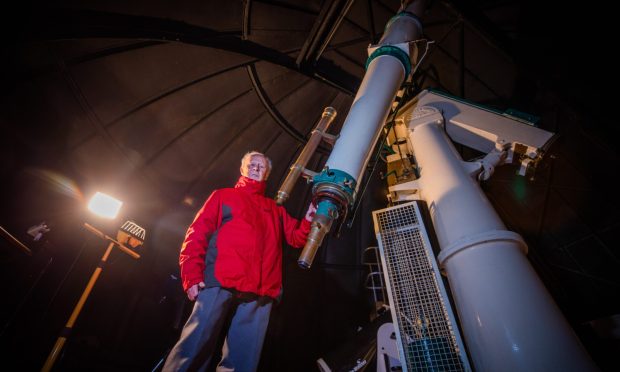
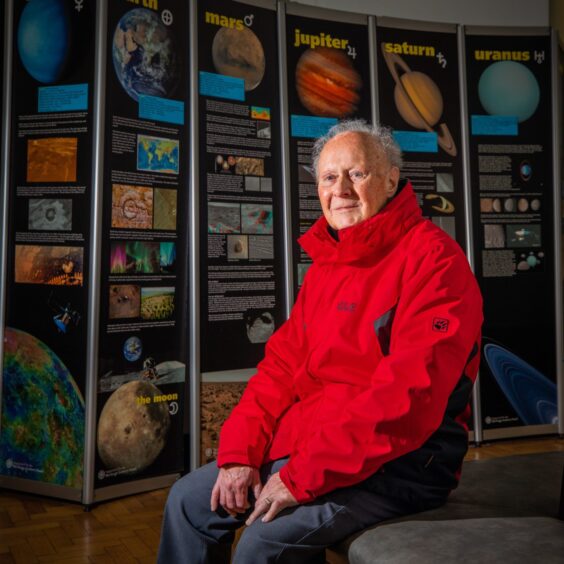
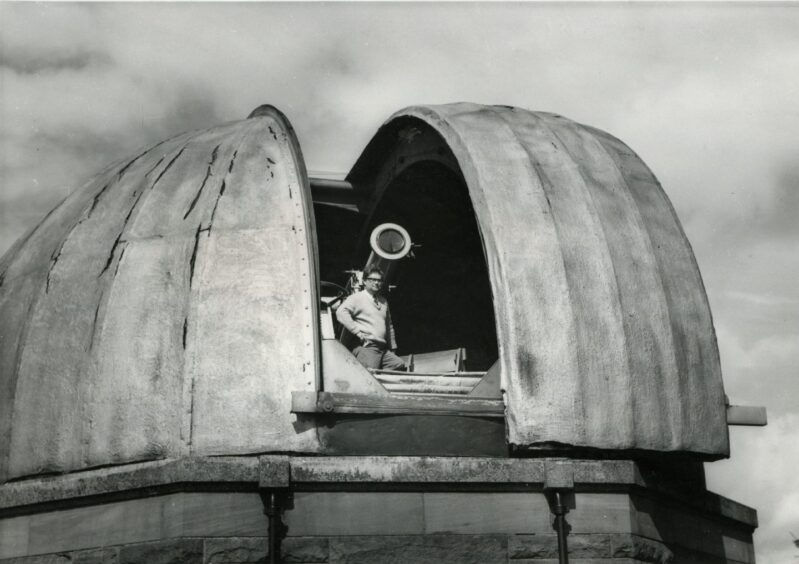

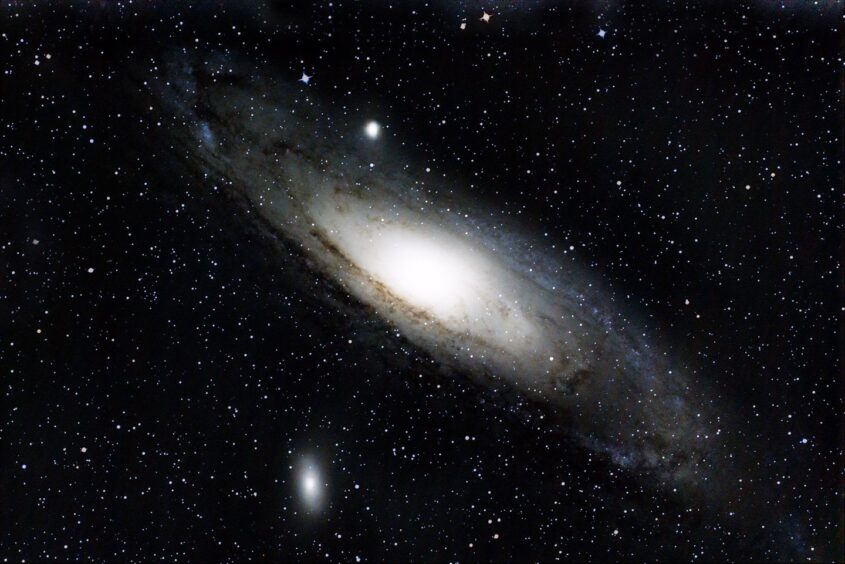
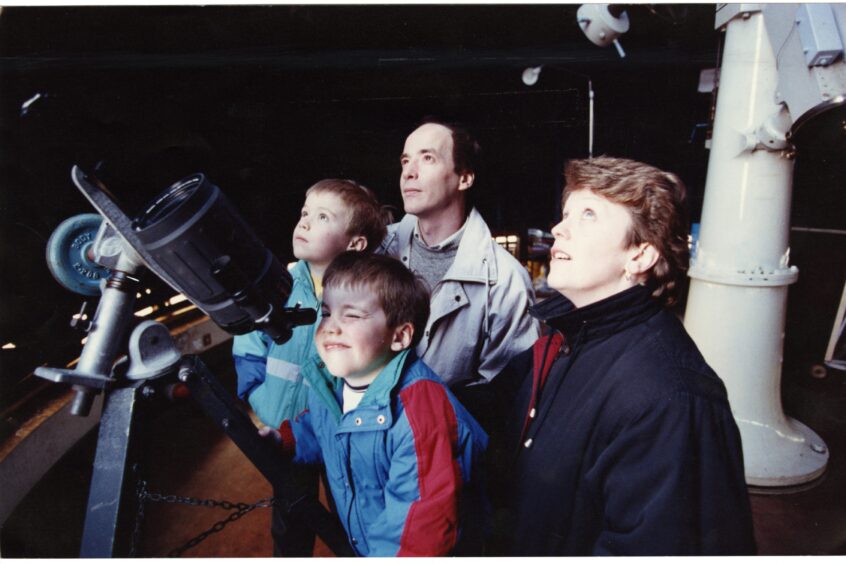
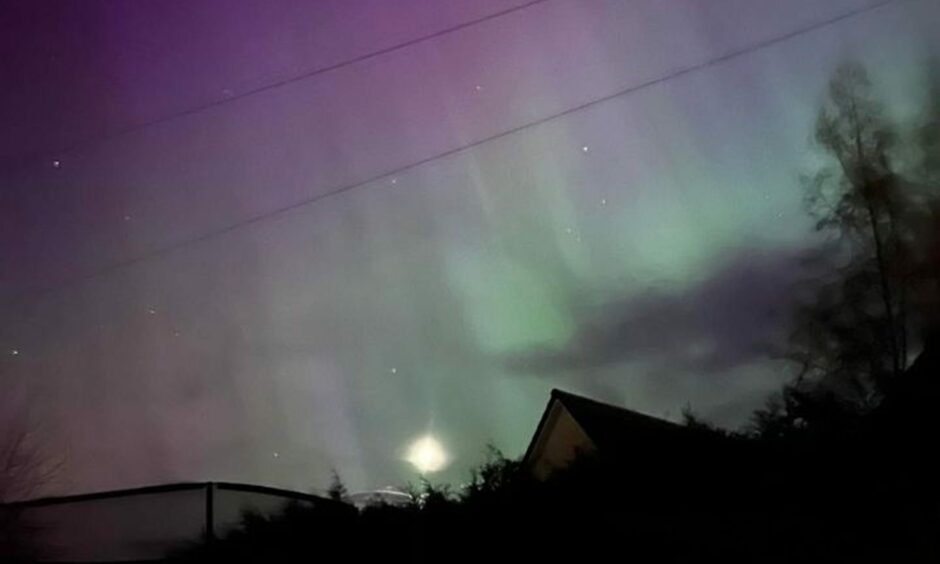
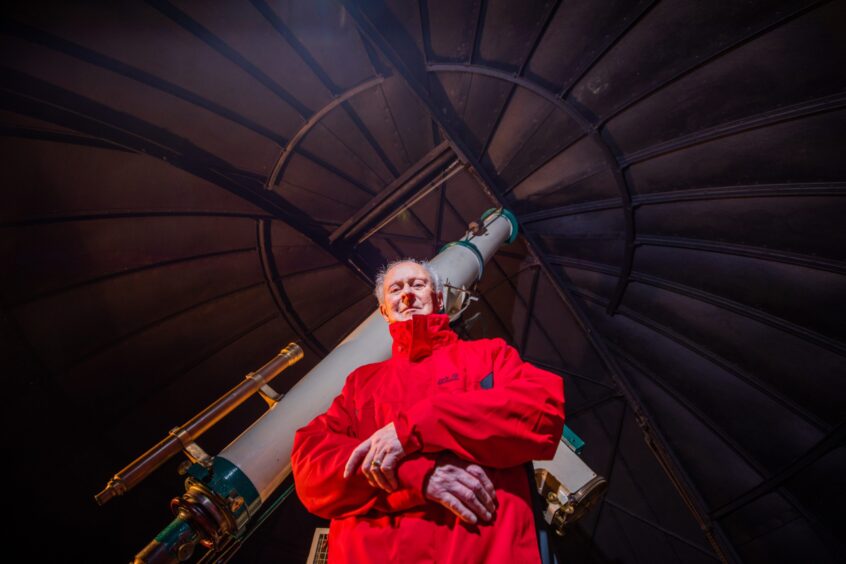
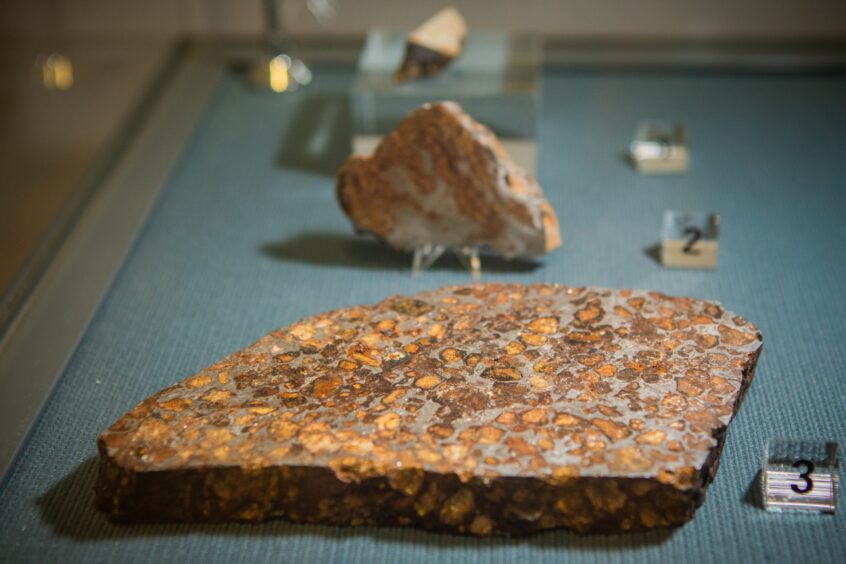
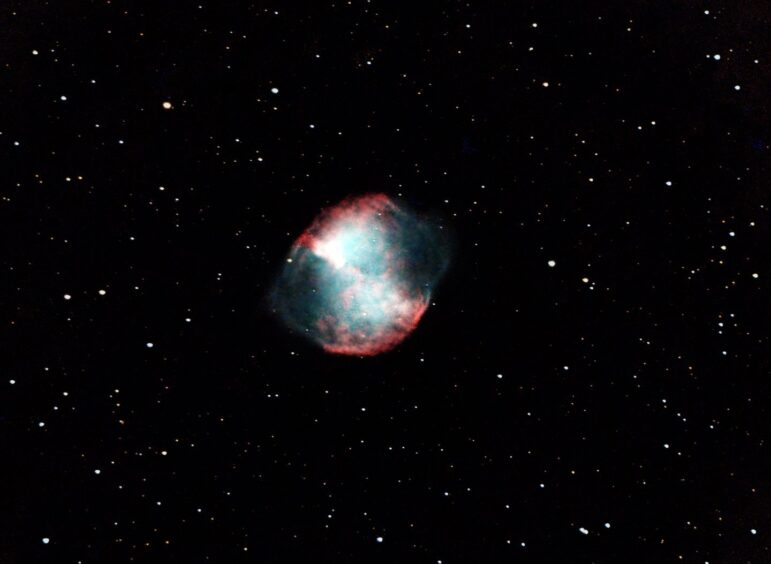


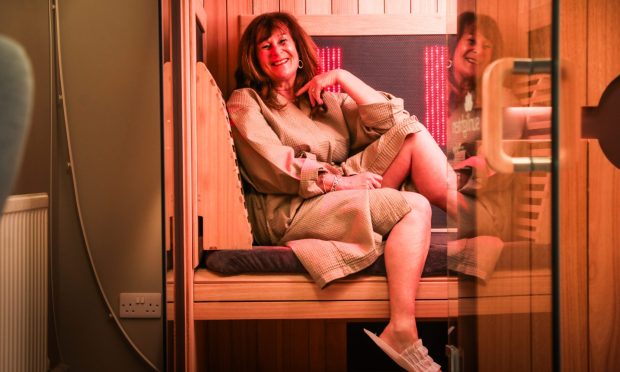
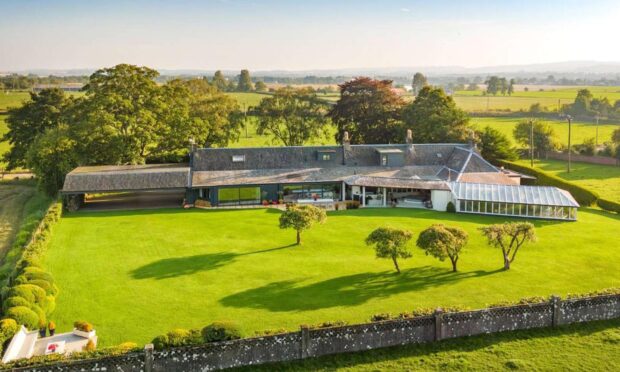




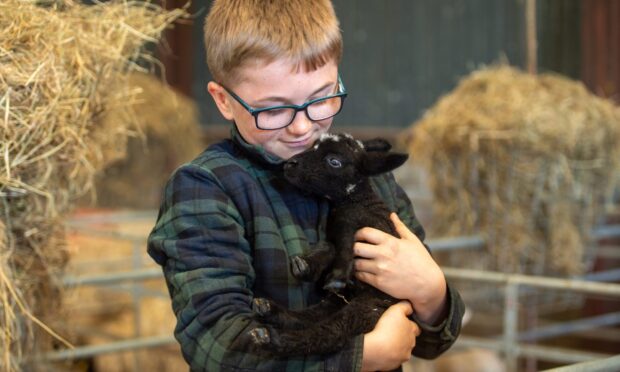

Conversation